The Rare Times I'm in a Market, at Queen Victoria's Market
By Christina Kim - September 09, 2015
I don't go to the market.
Morning or night market, it doesn't matter.
I am just not a market person.
I blame it on my mother, or my grandmother.
It must have been that one time when I was a little girl that she brought me on one of her morning market sprees and I saw the chaotic mess it was in the huge neighborhood market.
You know, back in our country we have those wet morning markets spanning over a few streets with stalls all set up close to each other with that tiny squeeze between each other for the sellers to walk through.
Those scenes of fish jumping on the metal plates, live chickens grabbed by their necks, and the butcher chopping non-stop on his thick wooden block loudly and without a flinch.
The screams of the livestock and the unnerving way the fishmongers and butchers were handling these living creatures must have shocked the living lights out of me.
Then there's the stench, oh, the stench of all sorts; from fermented food to pickles to the fishy and pungent bloody smell all in the air.
My poor stomach just could not take it.
That must be it.
I must have been traumatized by the whole market scene.
Don't even get me started on the crowd; especially on Sunday, it was almost like a sardine can packed to the brim (well, at least back then it was much more dense in its can contents compared to today, if you have noticed, or was it just me?) and you just have to push your way through.
If you make it, with that occasional tiptoe to gasp for breath.
That is my memory of the market.
So much killing, in my mind that it seemed more like a killing field.
It was terrifying.
Yes, it must be hilarious that I was terrified by the chickens and the living beings being slaughtered on the spot, mercilessly.
I am such a chicken.
That must be the reason I avoided the market like plague all these years.
It is definitely not my favorite place on earth, sorry to say.
I don't mind going, if I have to.
Like absolutely necessary, you know, otherwise there's always the supermarkets or the hypermarkets.
Mummy, you must have no idea how the market scenes scarred my perception of markets in general.
Well, I don't quite hate them, just prefer not to go if I can help it.
When one is traveling, there are some countries where their markets are actually the reflection of the local culture and probably the best place to get down to it to meet the real locals and have a slice of their lifestyle.
I have done that, in Hong Kong, Singapore, Taiwan and even China.
It must be age, wisdom has seeped in.
I will still avoid the chickens though, thank you very much.
Culture and local lifestyle could draw me to the market, perhaps, as I have done with the countries mentioned above, to capture that live snapshots of the bustling scenes and action taking place in the place where the crowds gather.
Throw in that part of history, you would have me at the market immediately.
Queen Victoria Market, or Queen Vic Market/Queen Vic/Vic's Market as known fondly among the locals is one such market.
The market is named after the British ruler; Queen Victoria, as the name suggests who ruled from the years 1837-1901.

Located on the corner of Victoria Street and Elizabeth Street (both named after the British monarchs respectively), Queen Victoria Market is touted as one of the best places to find a good bargain.
There is no other reason other than the fact that the market boasts of a wide variety ranging from fresh fruits, vegetables, poultry, seafood, meats, nuts, to non-food related items and dry goods such as clothing, jewelries, souvenirs, and miscellaneous items in another section, all located on the 17 acres (seven hectares) land on this part of the Melbourne CBD on which the market stands.
This makes Queen Victoria Market the largest open air market in not just Melbourne, or Victoria or even Australia, but rather, the whole of the Southern Hemisphere itself.
The whole market itself is not just popular to the locals but also among the tourists, who make up at least half of the crowds here (if not most) as this is not just an ordinary market (aside from it being a huge one and the largest in the Southern Hemisphere, that is), this is a major landmark and one of the tourist attractions in the city of Melbourne.
If you're wondering, what's so fascinating about a market?
It is not the size alone, or the fact that they have such a wide variety of items (and bargains, of course), but it is the history of this market which lands it as one of the heritage sites in Melbourne and on the list of Victorian Heritage Register for its importance and role in making up the culture of the city of Melbourne.
The history of the market which draws the crowds to it, to see for themselves or just for the sake of checking it out to tick off the list as "been there, done that", for it is on the list of attractions in the city.
Fresh fruits on sale at Queen Victoria Market
Queen Victoria Market is more than just a market, having come from an interesting past and a list of transformations from its former lives since its establishment in the year 1878.
The site where it stands today was once a cemetery; and the Upper Market area, which was not originally included in the plan for the market, was formerly and famously known as the site of what was Melbourne's first cemetery.
The least used site of the cemetery was then selected for the construction of the market sheds A-F, only in 1877, with a gap of two decades from the Lower Market, which was established in 1857, as part of the effort to lighten the overcrowding spilling over from the earlier Eastern Market.
There used to be three major markets in the Melbourne CBD; Western Market, Eastern Market and the Queen Victoria Market, all listed in chronological sequence.
The Western Market was the first market of them all; quickly making its presence as the pioneer fruits and vegetable market in the district in merely six years of the settlement.
Taking up the spaces directly in the heart of the central business district of Melbourne, comprising of the Market, Collins and Williams Street and Flinders Lane, the Western Market thrived on its wholesale fresh produce selling concept and was in existence, close to a decade (approximately 90 years since its establishment) before it waned in its popularity with the upcoming Eastern Market.
Located on the eastern side, as its name strongly suggests, the Eastern Market's establishment was a result of the growing development and expansion of the city of Melbourne in the eastward direction which saw a need for a market to cater to the local population.
However, the new Eastern Market courted most of the crowds away from the Western Market, and was highly popular among the local population which led to the decline of the Western Market.
The overwhelming response to the Eastern Market led to the decision to balance the huge numbers of market goers and to ease the congestion, the Lower Market, which made up part of the Queen Victoria Market was soon conceived.
Built in the 1857, the Lower Market occupies a designated area set for its trade, and comprised of the Deli Hall, Meat and Fish Hall and the market sheds labeled H and I.
Unfortunately, the market was not successful due to its unfavorable location and the sheds were never really put to full use by the market gardeners who just simply was not buying into using it.
The space was then utilized as a livestock and hay market until 1867, a decade later when a new brick building saw its construction on the corner of Victoria Street and Elizabeth Street.
That was the new Queen Victoria Market in its making, and the Lower Market switched from its original trading as a Wholesale Meat Market to that of a retail business dealing with meat and fish (Meat and Fish Market) and further operated as a slaughterhouse.
The establishment of the Queen Victoria Market saw a rapid growth in its popularity and within a year, the market had expanded into officially both wholesale and retail fruit and vegetable trade market.
The favorable response to the market led to the construction of more sheds, extending all the way to Peel Street in the 1930s.
At the same time, the local city council also ordered for the establishment of 60 brick stores for the wholesale traders and merchants, but a series of scandalous allegations of corruptions, the Royal Commission then ruled to have the entire wholesale market moved to Footscray in 1960.
Today what used to be the brick stores were the car park site for the Queen Victoria Market and also the row of stores along Franklin Street.
There was a proposal to re-establish Queen Victoria Market as an office and hotel complex; and a trade centre back in the 1970s, following the relocation of the wholesale market to Footscray which disintegrates the wholesale from the retail in the market, but it was heavily protested against by the locals themselves.
The Queen Victoria Market then saw herself under the protection of the National Trust and earned her name on the Victorian Heritage Register, an achievement to be proud of.
If that is not enough, the Lord Mayor Robert Doyle along with Greg Hunt, the Environment Minister have announced in June this year (2015) that they will be working on the process to place the Queen Victoria Market on the list of UNESCO World Heritage Sites, following the City's budget allocation of more investment on the market; setting aside an approximate of A$80.64 million for the year 2015-2016.
The market has seen through a dramatic though, fascinating past and has gone through a series of transformation; from a cemetery to a livestock market and to wholesale fruit and vegetable market to it being one of the top tourist attractions today.
Through it all, Queen Victoria Market has certainly emerged victorious; being the only surviving and sustaining 19th Century market in the city of Melbourne, continuing in her legacy and outliving the other two; Western and Eastern Market, both closed in the 1960s.
It is certainly a heritage site worth a visit, and to appreciate for its rather vibrant environment, further colored by its historic past.
Not a fan of markets?

Queen Victoria Market is one of the exceptions on my list.
I will take it all in; history, status, and even the livestock.
(Okay, well, I didn't really go to the livestock area *grins*)
(Okay, well, I didn't really go to the livestock area *grins*)
Yes, I am ready to make this exception for the only remaining 19th century market which I hope to see it continue to thrive and crowned as an UNESCO Heritage Site soon.
It was worth the walk all the way to the end of the Melbourne CBD for this.
Now I can only say, I have been there, and definitely see the charms of Queen Victoria Market for myself.
Oh, and walked away with some fresh fruits too!~
I could never resist these Packham pears (especially the Australian grown ones!)
This is really one of the rare times I visit a market, so it's memorable and Queen Victoria Market?
You are one of my exceptions :-)
You are one of my exceptions :-)
**Queen Victoria Market is closed on Mondays and Wednesdays, and operates from as early as 6am.
Do check the Official Site here for more details on the Market.
There is also a famous Spanish hot donut van; which was said to have operated for more than half a century and has assimilated and treated as part of the traditions in the market.
Its signature donut is the jam donut.
Its signature donut is the jam donut.

*Author's Note:
This is not a sponsored/promotional post, and solely based on author's personal opinions and preferences and do not represent the general public.
Experiences vary from one individual to another.
LIKE my Facebook Page
Follow Me on Twitter @Angelstar
Follow my Google+
Stalk me on Instagram @AngelstarChristy
Check out my Pinterest @Angelstarc

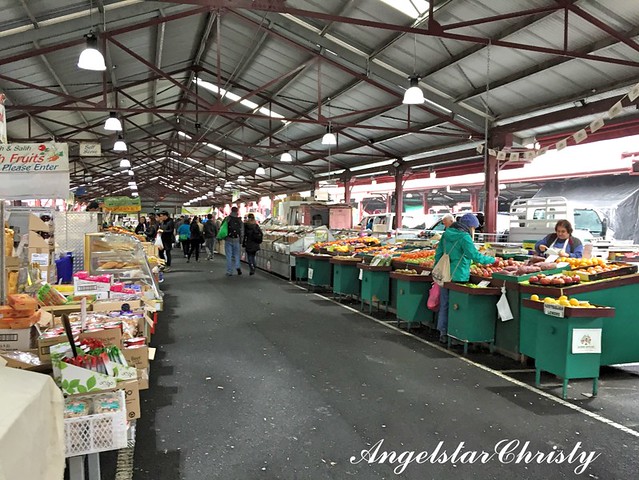



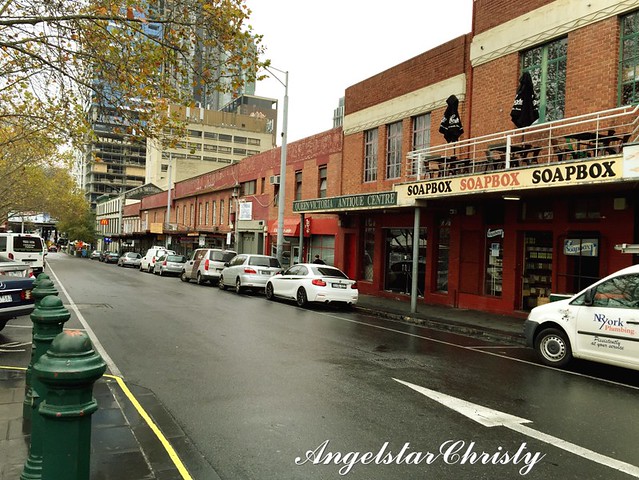
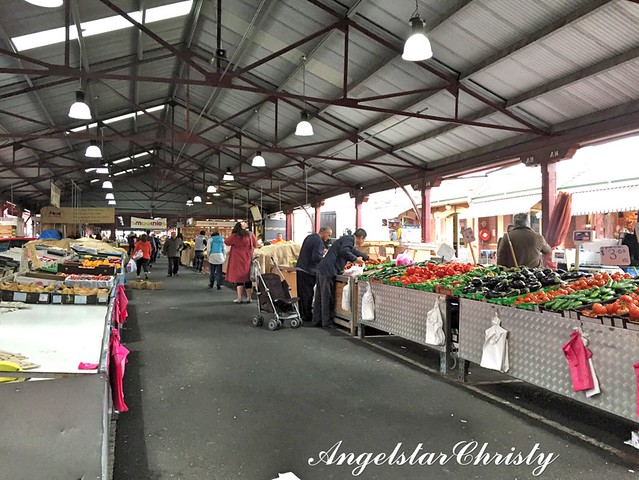
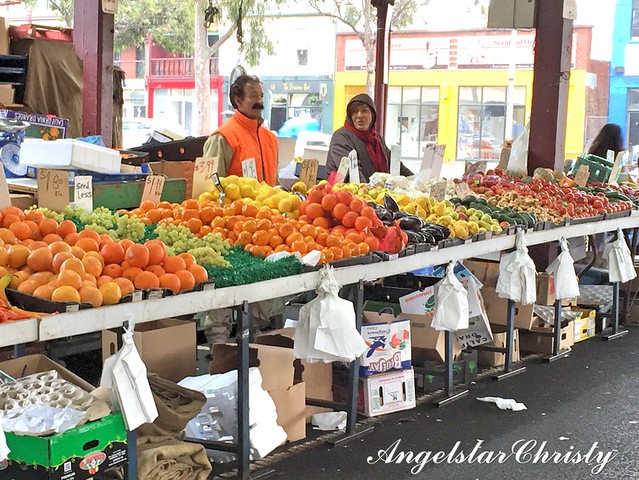
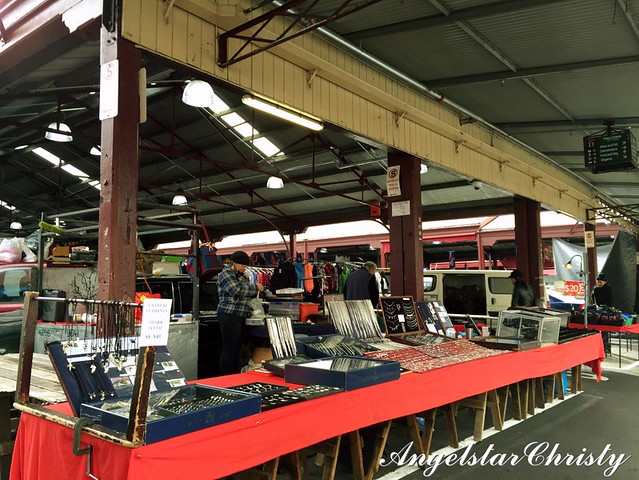




0 comments